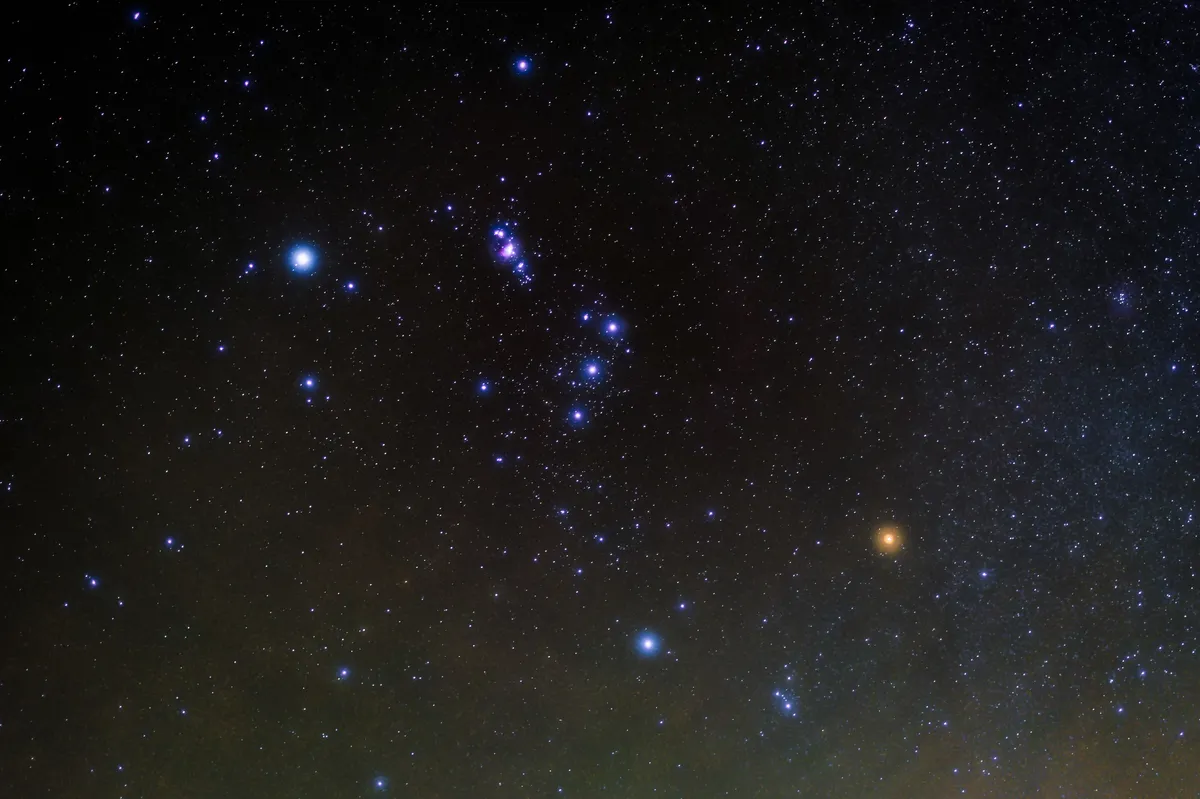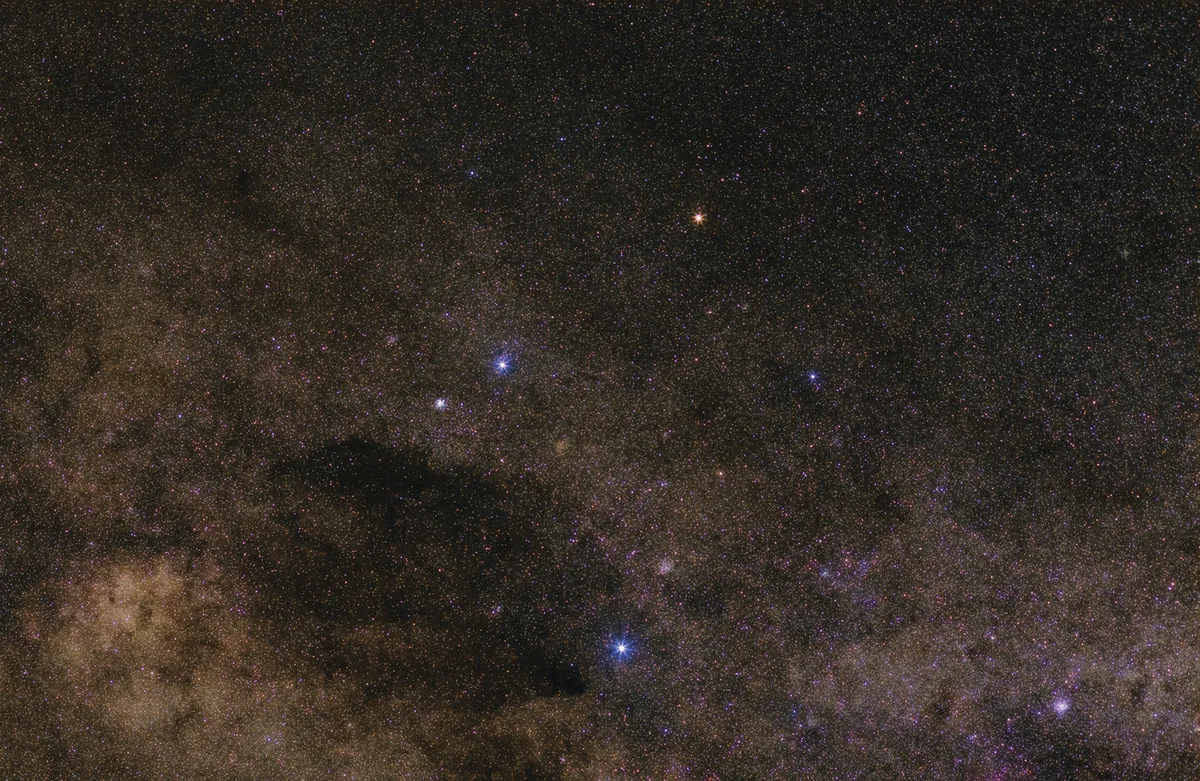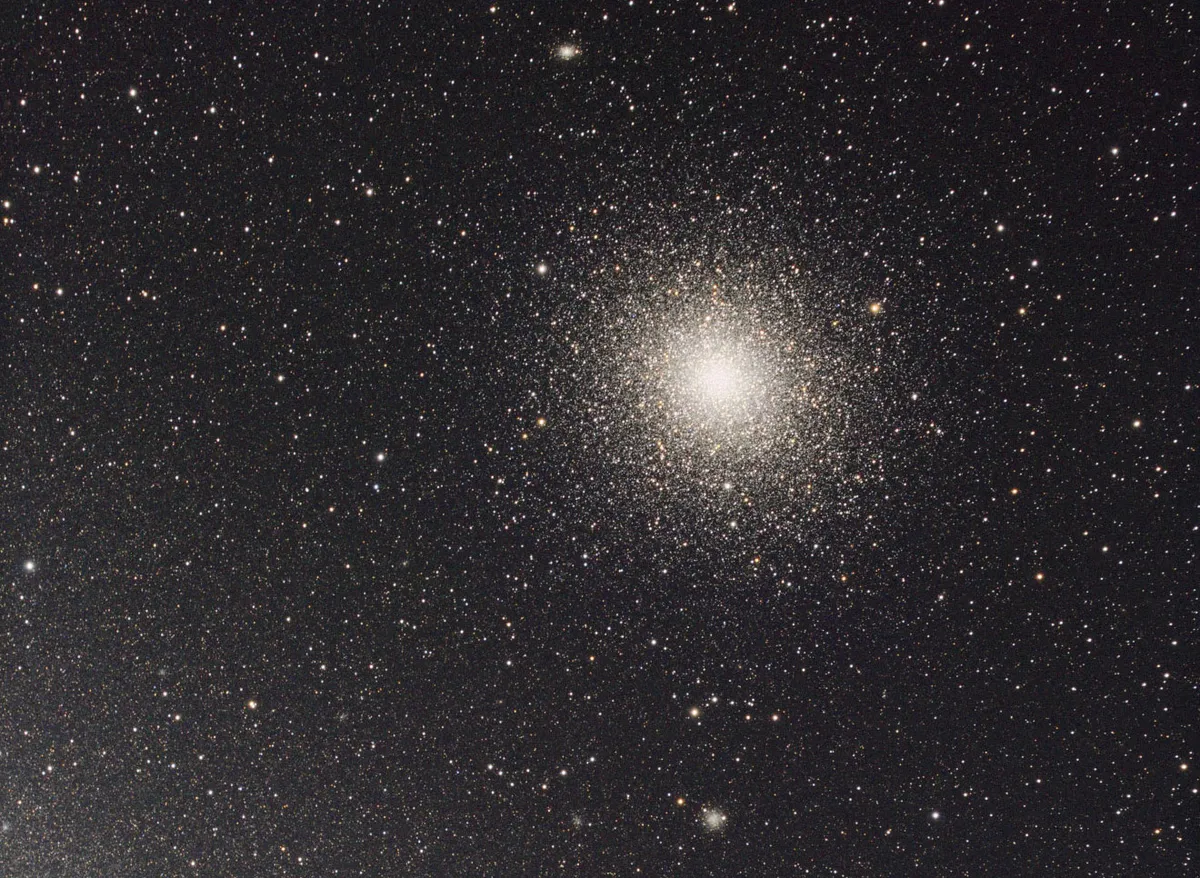We leave La Serena at dusk, heading east towards the stars.
The 90-minute drive winds through the Elqui Valley, lush green with vineyards and home to skies so dark that international observatories on Cerro Tololo and Cerro Pachon are sited here, shining on distant mountaintops silver and rose-gold in the setting Sun.
Our destination is a small private observatory and our goal is to stare into the Universe.
More Southern Hemisphere stargazing


Chile's dark skies at risk?
The chance to do so is the reason I’ve travelled to northern Chile, where clear dry air and pristine skies have made it the world’s most important area for astronomy.
That I would want to travel 5,000 miles just to see what every human for most of history could see by stepping away from the campfire, or by leaning out of the back door, is testament to the never-ending spread of light pollution.
Even here, as cutting-edge observatories are built to see further into space than we have ever seen before, that threat is lurking.
And the stakes are high; by 2030, as much as 70% of the world’s astronomical infrastructure will be in northern Chile.

Let the stargazing begin
After a slow, winding climb into the mountains, we reach the small observatory, one of several in the area where amateur astronomers have built viewing patios to place their telescopes.
Soon a van carrying a half-dozen European stargazers arrives and we make our way by muted red lights.
Two telescopes await. But before we even peer through the eyepieces, it’s clear we’ve found a night of good viewing, and a mix of Spanish, French and English begins to sound a universal human language of awe.
It’s the brightness of the sky that first catches your eye.
Venus, Jupiter and Mars are so bright your mind at first thinks 'airplanes in a string', as though cued up for landing.
I stare at the familiar three-star belt of Orion before realising it’s upside down from what I normally see.
And the Southern Cross, though the smallest of the 88 modern constellations, is immediately recognisable from the shape of its main stars.
Arcing overhead, the Milky Way grows brighter as the darkness around us thickens and I think of the American poet Theodore Roethke writing "In a dark time, the eye begins to see".

A night of endless stars
I’m surprised to realise (I’m out of practice, not used to such a sky) that the two clouds floating overhead are the Magellanic Clouds, distant galaxies only seen from the Southern Hemisphere.
Actually, I’m half-right; they are clouds, just clouds of stars.
"Yes, tens of thousands of millions," says our guide, and now my brain grapples with what is too big to understand.
But that’s okay. Too often we think of feeling overwhelmed as negative, but under a night sky I welcome the feeling and the appreciation that we exist in a Universe where this exists too.
Then to the telescopes, and the beauty intensifies. Saturn on its side, the rings a shining sword stuck through the planet’s ball.
The scope turns, revealing Toucan 47, a cluster of millions of stars, and one after another we lose our breath.
With the naked eye, the sight is just a smudge in this southern sky, but through the telescope the beauty blooms in uncountable numbers.

Moments of contemplation
Earlier in the day, at Cerro Tololo, I asked an astronomer what ‘good’ does it do to look further and further into space.
He nodded. "On the hierarchy of needs, you have food and water and shelter, but life isn’t only those basic needs.
"There’s also a more spiritual or soulful desire to look out there.
"And with the night sky, trying to understand specific things – like what is a star? What’s the Sun? What is a supernova?
"Through these small explorations, we’re trying to answer these big questions, trying to get some satisfaction.
"I think that there’s a need to understand our position in the Universe very deep in our brains and in our hearts."
So many of us have lost the chance for such an experience. No one in a city or suburb will see a night sky this dark.

On the Bortle scale, where 9 marks our brightest places and 1 our darkest, most North Americans and Europeans will never experience anything darker than level 5.
But for now, this is one of the darkest skies I have ever seen, a night I will not forget.
To stare into the sky, the numbers and distances beyond our brains’ reach – this inability to grasp is part of what makes the experience so valuable, a reminder we perhaps could use more often.
We are not in control of everything, our worries are small, our lives brief.
All the more reason to savour what we can see while we are here, now.
Have you stargazed under the dark skies of northern Chile? Get in touch by emailing contactus@skyatnightmagazine.com

